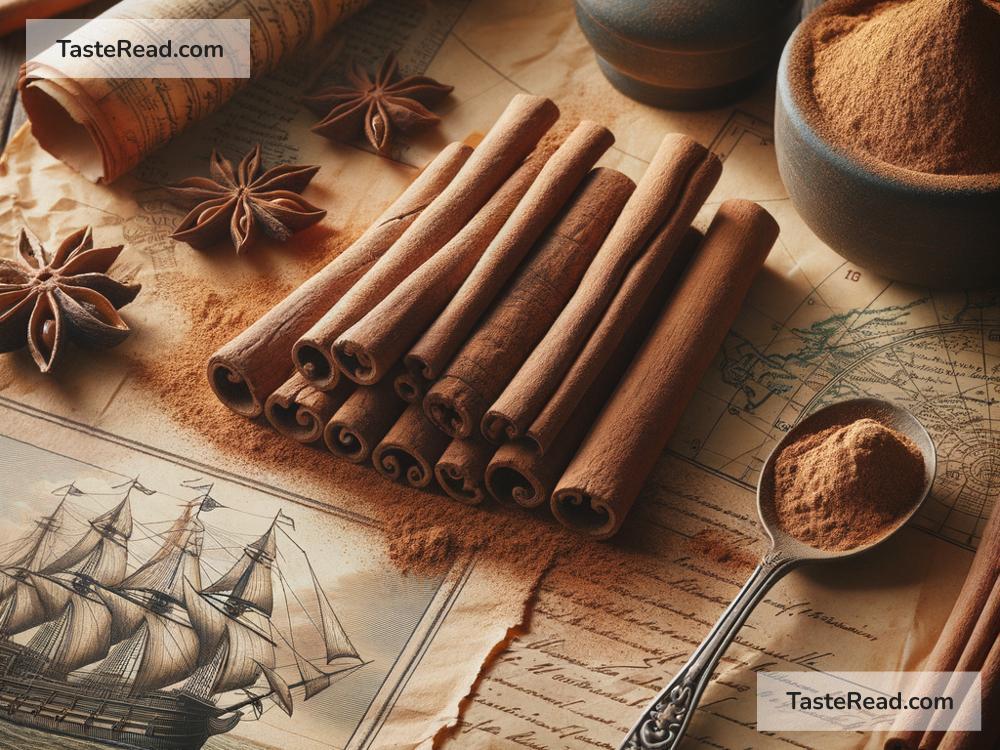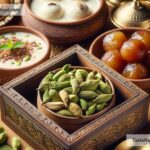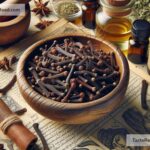The Ancient Significance of Cinnamon in Trade and Medicine
Cinnamon—a fragrant spice that many of us associate with holiday treats and warm, comforting drinks—has an incredibly rich history that spans thousands of years. This humble spice, which comes from the bark of certain trees, played a key role in the ancient world, not just in cooking but also in trade and medicine. Its significance in shaping cultures and civilizations often surprises people who see it as just a pantry staple today. Let’s take a closer look at how cinnamon was treasured in the past.
Cinnamon’s Mysterious Origins
The history of cinnamon begins in ancient times, possibly as far back as 2,000 BCE. Its origins were a closely guarded secret for thousands of years—adding to its allure and value. Cinnamon comes from the inner bark of trees belonging to the Cinnamomum genus, which are native to regions like Sri Lanka, India, and Southeast Asia. However, early users of cinnamon in places like Egypt, Rome, and Greece had no idea where it came from. Traders kept its source hidden as a way to ensure high profits, spinning tales about mysterious lands and perilous journeys involved in acquiring this precious spice.
Cinnamon was so prized that it was considered more valuable than gold. For centuries, it was rare and expensive, making it a luxury item only the wealthy and powerful could afford. This scarcity drove demand, creating a thriving international trade network that stretched across Europe, Asia, Africa, and the Middle East.
Cinnamon in Ancient Trade
Cinnamon played a major role in shaping ancient economies and trade systems. Egyptian records show that cinnamon was imported as early as 1500 BCE, and it quickly became one of the most sought-after goods in the ancient world. Its use wasn’t limited to food—Egyptians used cinnamon for religious rituals, embalming, and perfuming oils. These uses elevated cinnamon to a sacred status, and its value was reflected in its prominence in ancient trade routes.
The spice passed through many hands before reaching consumers. Traders from Arabia are said to have brought cinnamon to regions like Egypt and the Mediterranean, though it originally came from India or Sri Lanka. Many ancient trade routes, such as the Silk Road and maritime spice routes, featured cinnamon as a valuable commodity. Port cities and trading hubs flourished because of this demand. Cinnamon was often exchanged for precious metals, textiles, and other valuable goods, making it a cornerstone of ancient trade.
By the time of the Roman Empire, cinnamon’s popularity had exploded further. Romans loved it for its aromatic qualities, using it to flavor foods, scent their homes, and create medicines. However, as Roman power waned, cinnamon’s availability decreased, and its price soared even higher.
In the Middle Ages, cinnamon’s value led European explorers to seek direct access to its source. This pursuit of cinnamon and other spices led to major voyages, like those by Vasco da Gama and Christopher Columbus, ultimately reshaping global trade. The quest for cinnamon helped establish colonial empires and shaped the history of nations.
Cinnamon in Ancient Medicine
Cinnamon wasn’t just important for its flavor—it also held a special place in ancient medicine. Early civilizations believed cinnamon had numerous health benefits, and it was used in treating a wide range of ailments. Traditional systems of medicine like Ayurveda in India and Chinese medicine relied on cinnamon for its unique properties.
Ancient Egyptians used cinnamon in their embalming practices as it was thought to preserve the body and ward off decay. But its use wasn’t limited to the afterlife; cinnamon was also believed to cure common illnesses in the living. It was mixed into remedies for coughs, sore throats, and digestive issues. Some even considered it a tonic for long life and good health.
In ancient Greece, cinnamon was highly regarded by physicians like Hippocrates, the father of modern medicine. He believed in its healing properties and prescribed it for a variety of conditions. Meanwhile, in ancient China, cinnamon was seen as a warming remedy that could balance the body’s yin and yang energies. It was often used to treat cold-related ailments, improve circulation, and boost vitality.
The spice’s medicinal reputation crossed borders, solidifying its value as more than just a culinary ingredient. Even in the Middle Ages, cinnamon continued to play a role in folk remedies, with apothecaries using it in potions and treatments. While modern science has now confirmed some of cinnamon’s health benefits—such as its antioxidant properties—ancient civilizations relied on intuition and observation to unlock its potential.
The Legacy of Cinnamon
Ancient civilizations saw cinnamon as a symbol of wealth, power, and healing. It fueled economies, inspired explorers, and transformed medicine. Today, while cinnamon is far more accessible and affordable than in ancient times, its legacy lives on. Its unmistakable fragrance and flavor continue to enrich our lives, connecting us to the rich history of the civilizations that valued it so deeply.
The next time you sprinkle cinnamon on your dessert or stir it into your coffee, take a moment to appreciate its fascinating journey through history. From sacred rituals to bustling trade markets and healing practices, cinnamon is far more than just a spice—it’s a piece of humanity’s shared story.


